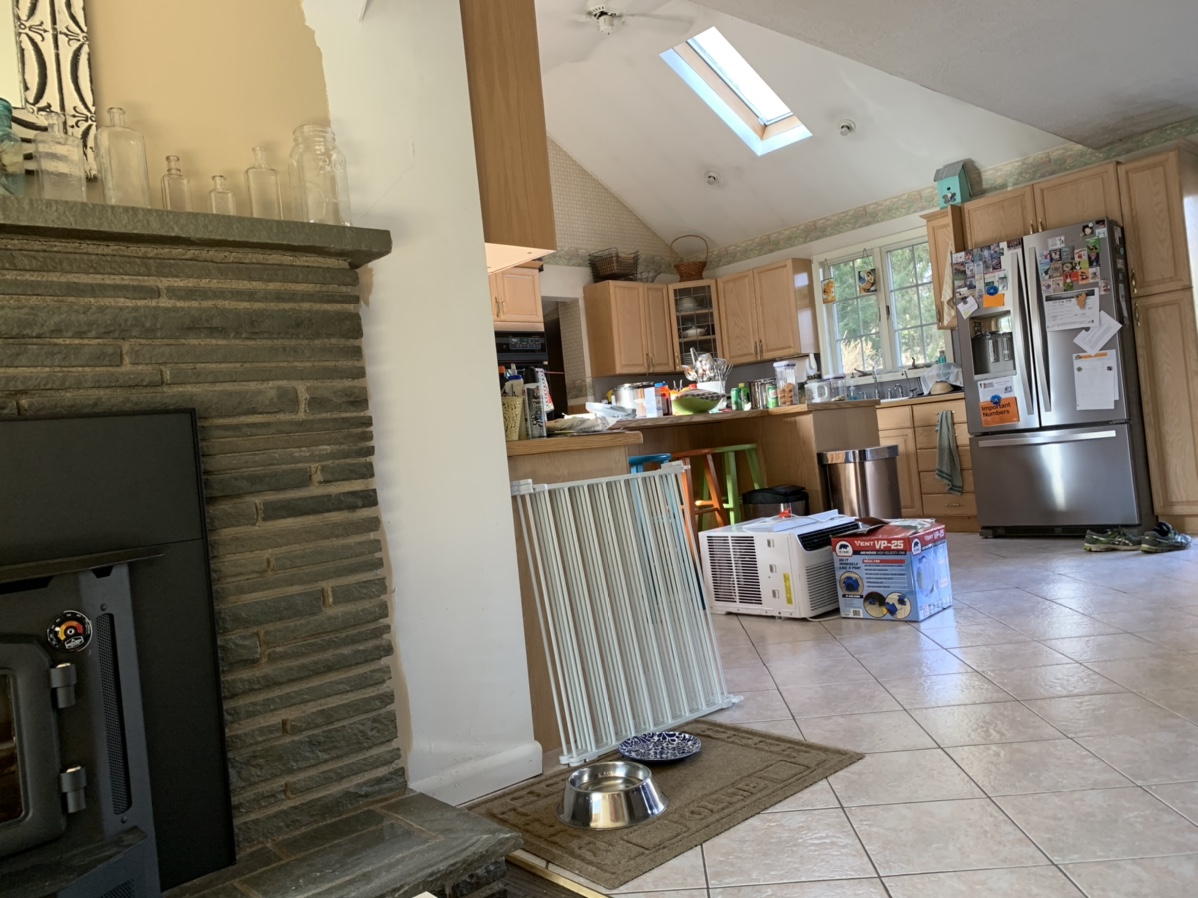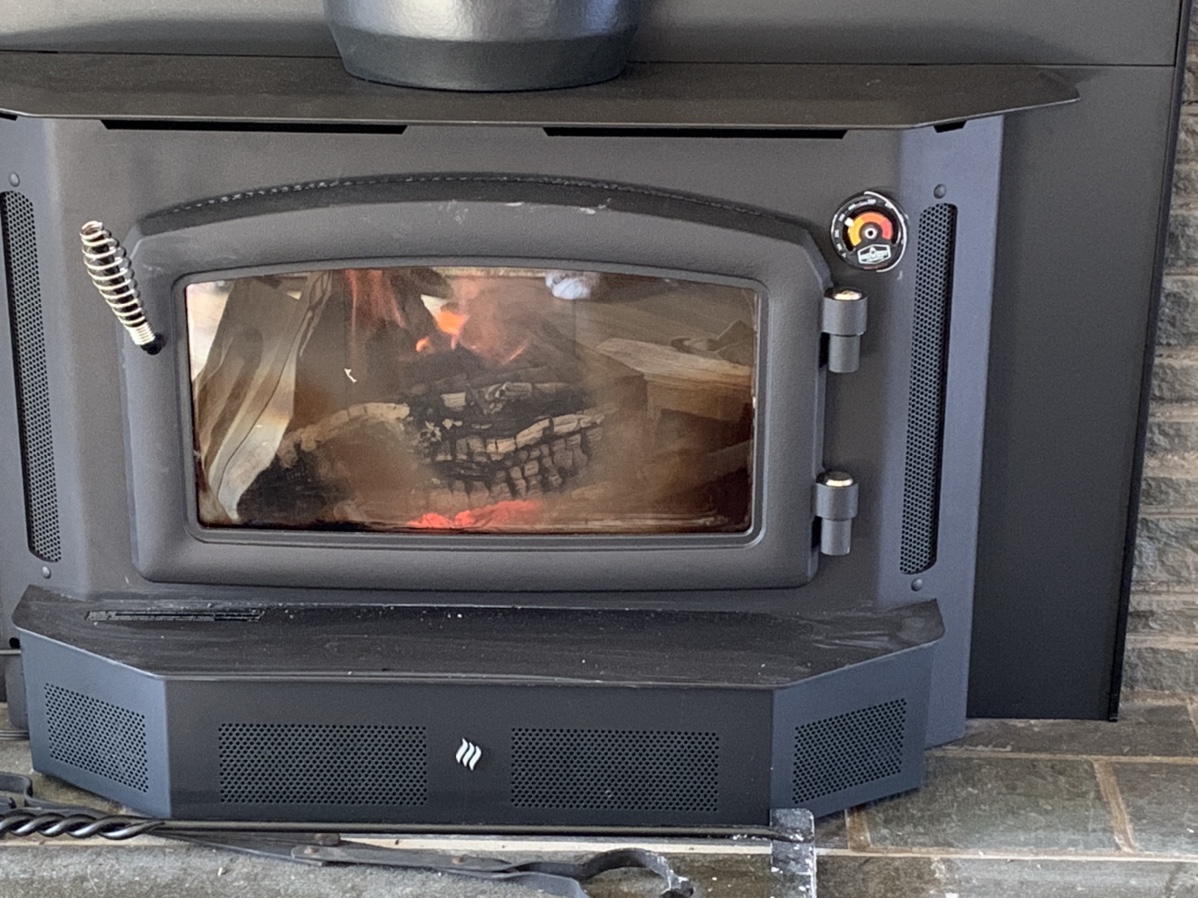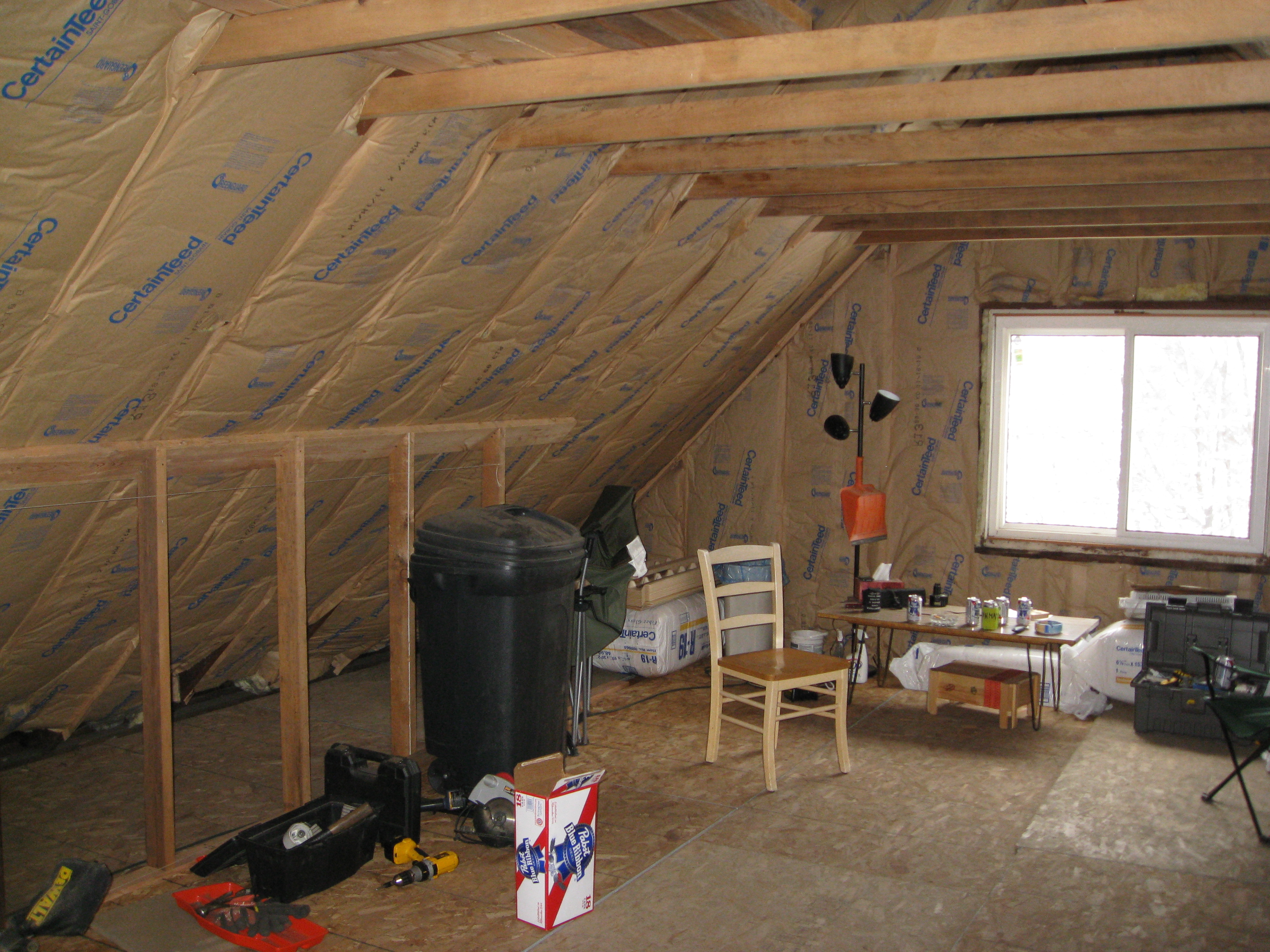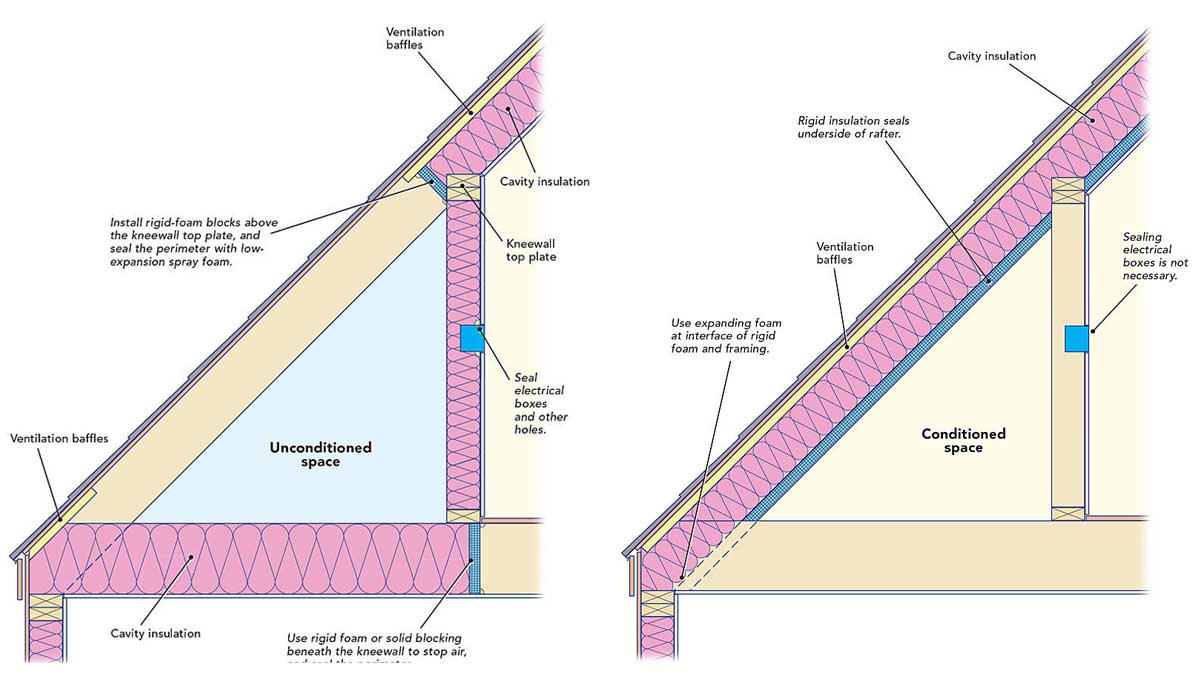Hi. We have a new Regency i3100L insert, it was installed by the installer recommended by the dealer. I’m having a few issues.
First is I’m having trouble getting it up to a high temp. I see to get no higher than 400 degrees and struggle to get there. Usually is in the 300 degree range. Have the magnetic thermometer on the right side of the face above door corner.
I have been loading a medium sized fire if it is a cold start which I’ve been trying to avoid or loading it up if has coals. Once it gets burning well, I try to cut back the air intake a little and keep trying to lower it more as the flames level out. I wait around 30 min before I turn on the blower as recommended in the manual.
For instance this morning I had some coals but it was cold enough the blower turned off so I did a medium sized fire. I have the intake now around half and have some small flame and it is around 200 degrees. I would like to learn how to get it consistently hotter.
My other issue is getting the heat to other areas of the house. The house is around 2600 square feet and is a cape. The insert said in the catalog it will do up to 3000 square feet. The insert is in the living room on first floor. It is next to a archway which leads into kitchen and dining room. Kitchen has vaulted ceiling. At the end of the living room directly across from the insert is an archway to a very small hallway which has a bathroom directly ahead and two rooms left and right through doorways. Second floor staircase is off dining room. There are a few bedrooms and a bathroom upstairs.
I have a ceiling fan on in kitchen in reverse setting (I’ve tried low now on medium) and one in dining room on low in reverse as well. I have a small fan on floor in dining room on low pointing towards the living room where the stove is. I have another on floor in hallway that is across from the stove same way. Lastly one at top of stairs on floor aiming down the stairs.
As soon as I walk out of living room either into the kitchen/dining area or into the hallway you feel the temp drop. I think it is having trouble getting past the arches.
Any suggestions are welcome and needed. Thanks in advance.
Mike
Sent from my iPhone using Tapatalk
First is I’m having trouble getting it up to a high temp. I see to get no higher than 400 degrees and struggle to get there. Usually is in the 300 degree range. Have the magnetic thermometer on the right side of the face above door corner.
I have been loading a medium sized fire if it is a cold start which I’ve been trying to avoid or loading it up if has coals. Once it gets burning well, I try to cut back the air intake a little and keep trying to lower it more as the flames level out. I wait around 30 min before I turn on the blower as recommended in the manual.
For instance this morning I had some coals but it was cold enough the blower turned off so I did a medium sized fire. I have the intake now around half and have some small flame and it is around 200 degrees. I would like to learn how to get it consistently hotter.
My other issue is getting the heat to other areas of the house. The house is around 2600 square feet and is a cape. The insert said in the catalog it will do up to 3000 square feet. The insert is in the living room on first floor. It is next to a archway which leads into kitchen and dining room. Kitchen has vaulted ceiling. At the end of the living room directly across from the insert is an archway to a very small hallway which has a bathroom directly ahead and two rooms left and right through doorways. Second floor staircase is off dining room. There are a few bedrooms and a bathroom upstairs.
I have a ceiling fan on in kitchen in reverse setting (I’ve tried low now on medium) and one in dining room on low in reverse as well. I have a small fan on floor in dining room on low pointing towards the living room where the stove is. I have another on floor in hallway that is across from the stove same way. Lastly one at top of stairs on floor aiming down the stairs.
As soon as I walk out of living room either into the kitchen/dining area or into the hallway you feel the temp drop. I think it is having trouble getting past the arches.
Any suggestions are welcome and needed. Thanks in advance.
Mike
Sent from my iPhone using Tapatalk






